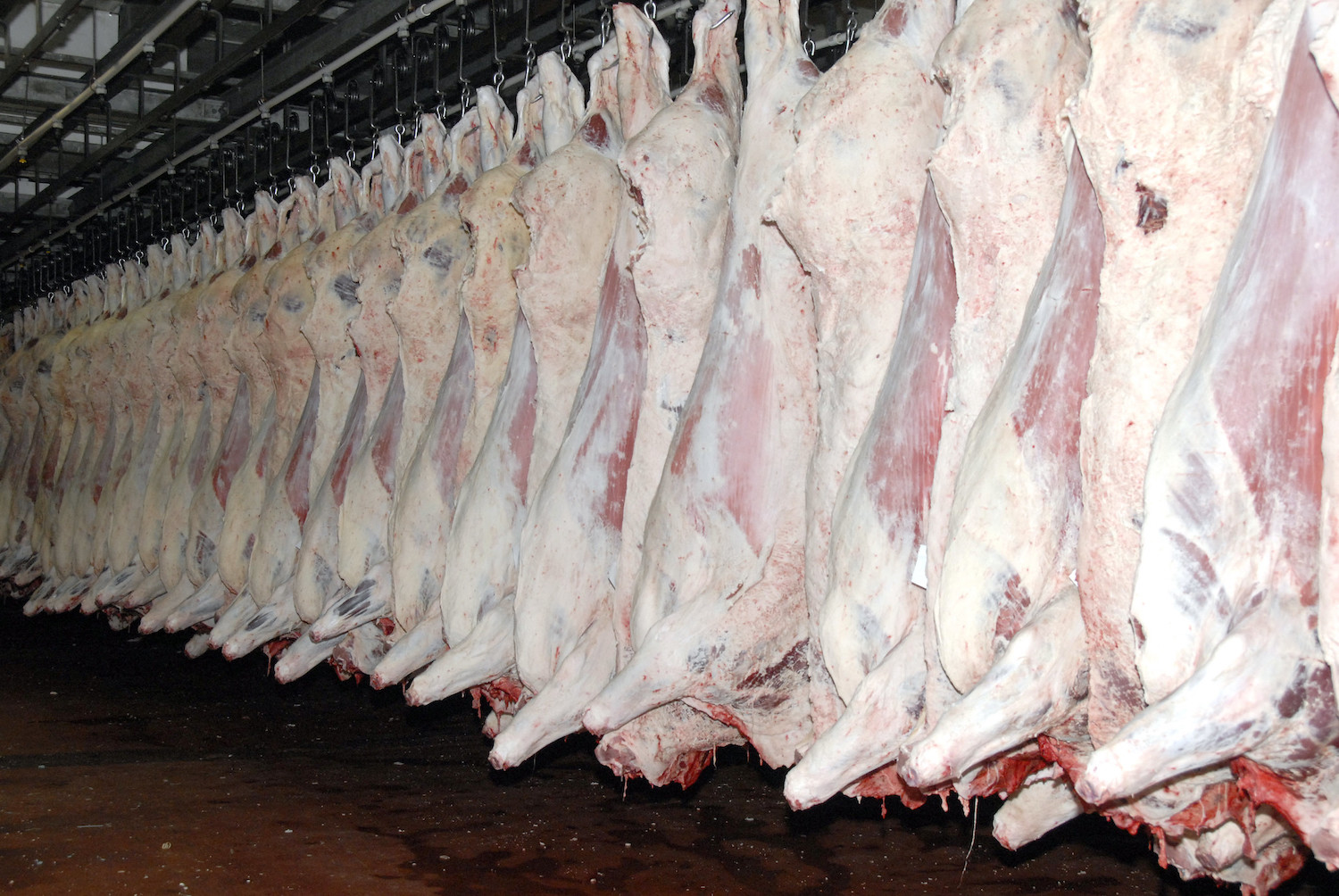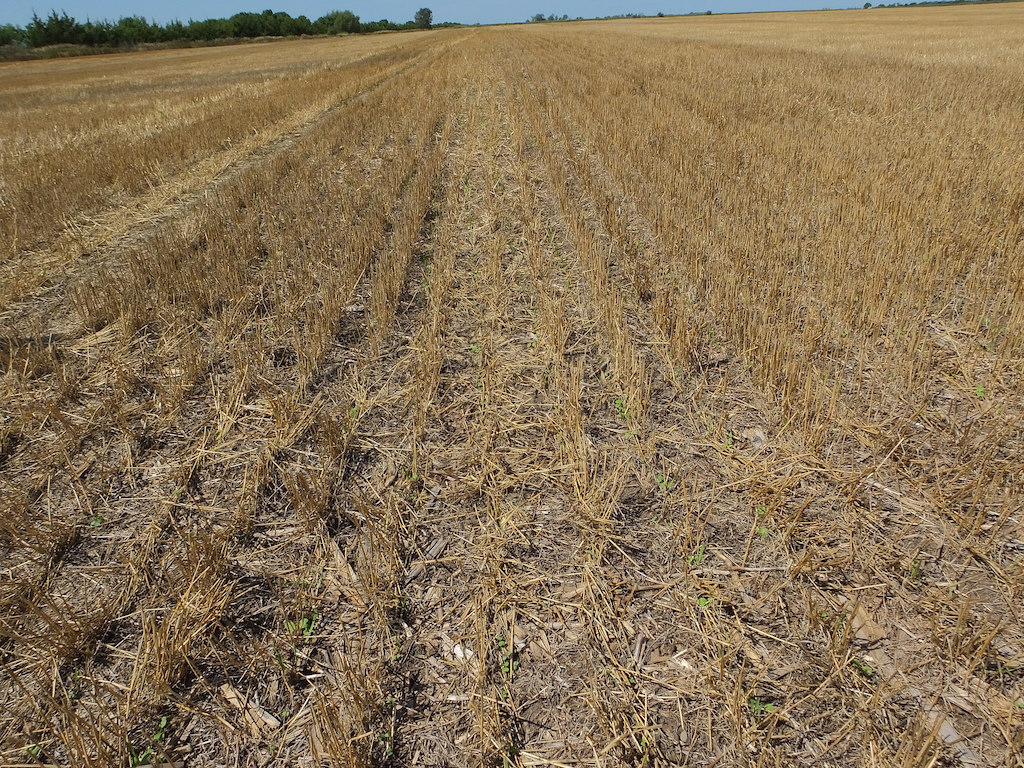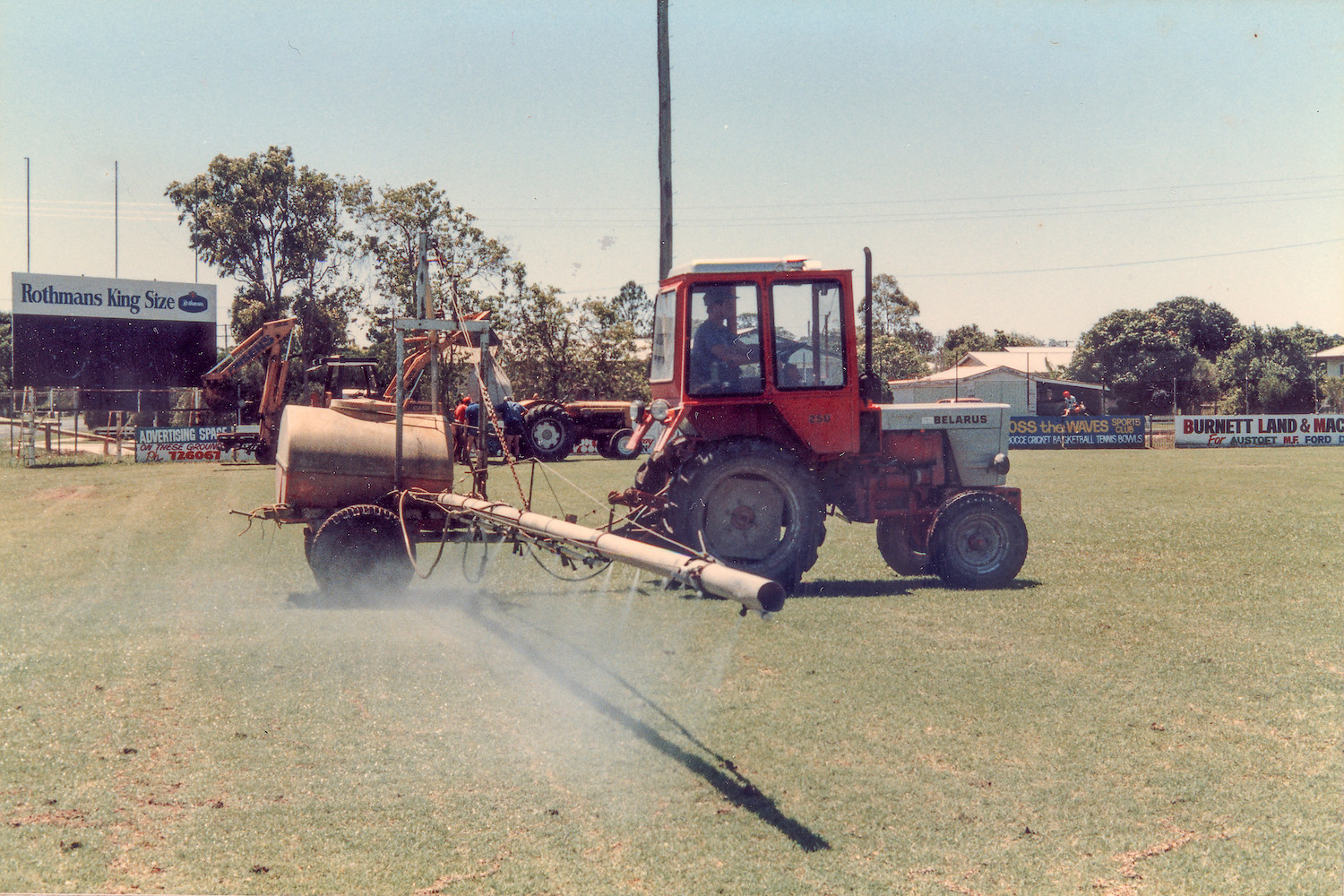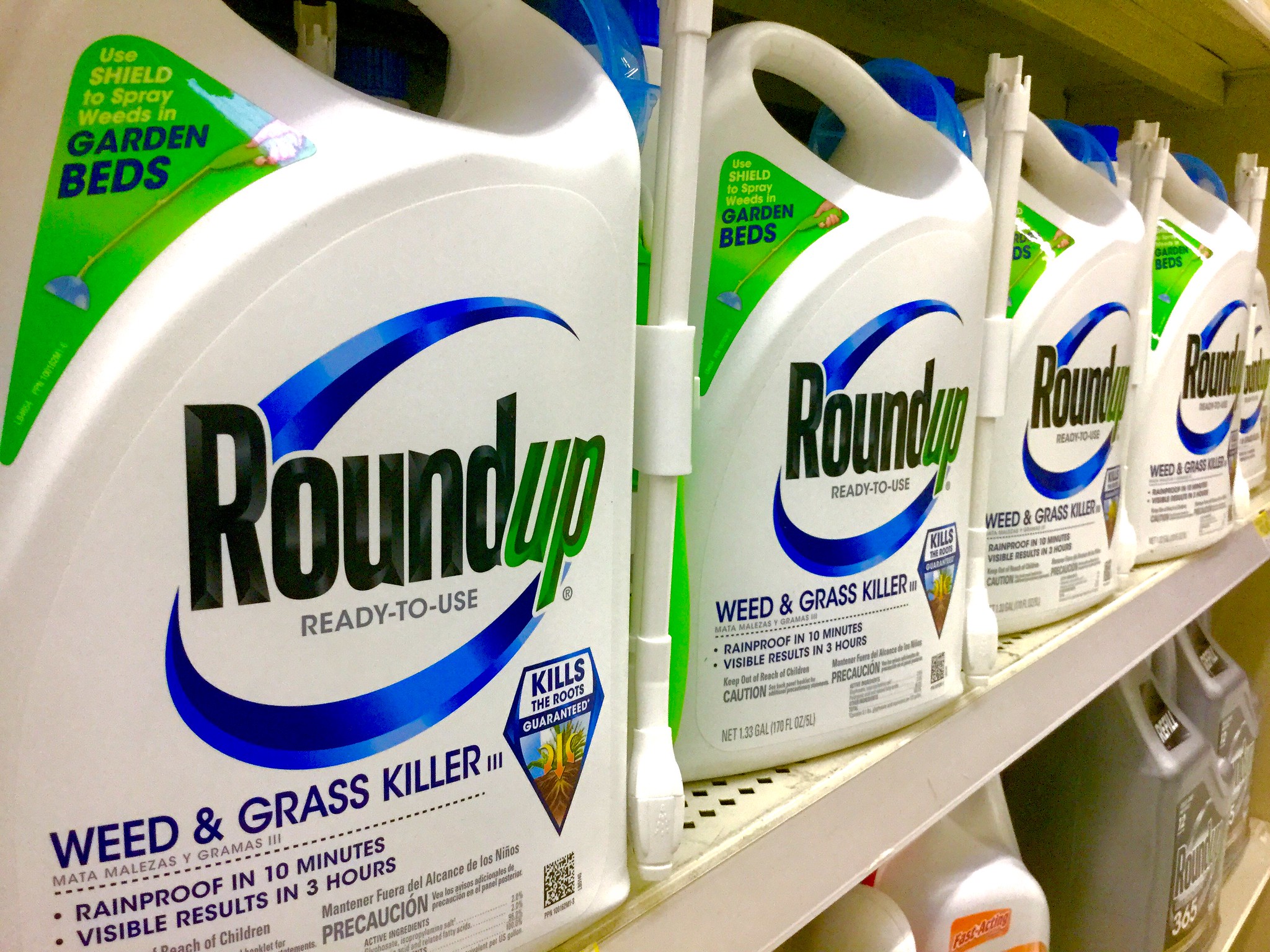Water-cleaning technology has advanced significantly in the past two decades, but our top environmental agency isn’t making anyone use it.
On Wednesday, environmental groups filed a lawsuit against the Environmental Protection Agency (EPA) over its recent decision not to update wastewater pollution limits for meat and poultry slaughterhouses. It has now been 15 years since the guidelines were last revised. In a petition filed to the U.S. Court of Appeals for the Fourth Circuit, a dozen conservation and legal organizations—including Earthjustice, Food and Water Watch, and the Center for Biological Diversity—called on the judicial system to review the agency’s inaction.
Per the Clean Water Act, EPA is responsible for setting pollution limits for a wide range of industries, from cement manufacturing to pharmaceutical production. Those guidelines are set based on the best-available wastewater treatment technology that is “economically achievable” for producers. EPA first established pollution limits for meat processors in 1974, and updated them in 2004 for poultry processors and any processors that slaughter more than 50 million pounds of animals each year. That means the agency’s current guidelines date back to either 2004 or 1974, depending on the slaughterhouse. To environmental groups, this is an indication that EPA’s limits have lagged well behind modern wastewater treatment technology.
EPA found meat and poultry processing to be one of the highest contributors of nitrogen and phosphorus, contained in animal manure.
“EPA’s national standards for water pollution from slaughterhouses are either weak and outdated or nonexistent,” said Sylvia Lam, attorney with the Environmental Integrity Project, a respondent in the lawsuit, in a press release. “It is well past time for EPA to crack down on this public health hazard. Cleaner plants have already installed technology to lessen the pollution they send into their local rivers and streams. By not updating these nationwide standards, EPA is rewarding dirty slaughterhouses at the expense of the public.” (“EPA does not comment on pending litigation,” said an agency spokesperson.)
Wastewater limits are supposed to minimize the concentration of pollutants that enter the country’s waterways. Runoff from slaughterhouses contains a host of unappetizing elements, including blood, feathers, feces, bones, and cleaning solutions. These facilities must adhere to specific limits on pathogens, oil and grease, and nitrogen and phosphorous. Nutrient pollution can have devastating effects on both natural ecosystems and the communities that rely on them. A common example is the proliferation of algal blooms in lakes and rivers that kill fish and sicken people.
EPA is required by law to annually review pollution limits on an industry-by-industry basis, and update them when better technology comes along. In October, it published a summary of its work that didn’t include changes for meat processing rules, suggesting that the industry did not “warrant new or revised effluent guidelines at this time.”
That’s in spite of the fact that EPA also found meat and poultry processing to be one of the highest contributors of nitrogen and phosphorus, contained in animal manure, according to discharge data. EPA even singled out the industry for further review. Based on its findings, the agency noted that it “intends to continue to study this category as additional information becomes available.”
Environmental groups highlighted new nutrient removal technologies that have already been adopted by a handful of slaughterhouses.
There are over 4,700 meat and poultry processing plants that discharge wastewater, according to EPA. Just six percent are direct dischargers, meaning that they pour wastewater directly into bodies of water. The other 94 percent of slaughterhouses send wastewater to municipal sewage plants. In either case, slaughterhouses are required to treat this water before it leaves their premises. Pollution limits are determined by a complex system that monitors the date a processor was established and the kinds of pollutants it releases.
Wednesday’s lawsuit is based on the idea that better wastewater treatment methods have been developed and become accessible to slaughterhouses since 2004. In a November comment on EPA’s plan, the environmental groups highlighted new nutrient removal technologies that have already been adopted by a handful of slaughterhouses, and that have reduced average nitrogen output to far below EPA guidelines. In many cases, these advances were implemented to meet regionally specific pollution limits, which can be stricter than national ones due to severe water quality issues.
Slaughterhouses are often located in communities that have high rates of poverty and significant populations of color, according to a 2018 analysis by the Environmental Integrity Project. Making matters worse is the issue of consolidation in the meatpacking industry—a phenomenon that is likely contributing to the push for lower pollution limits, according to Bruce Dvorak, a professor of civil and environmental engineering at the University of Nebraska-Lincoln.
“In some parts of the country, we’re seeing more centralization of meatpacking; there’s fewer small meatpackers spread throughout a region and more very large plants,” Dvorak says. “[If] you have a large municipal plant built next to you [or] upstream of you, that would probably make you unhappy.”











